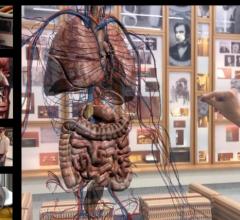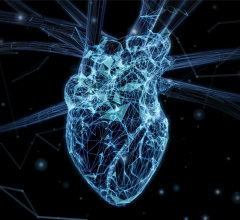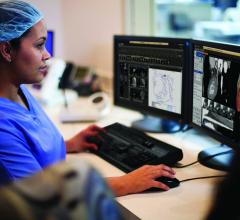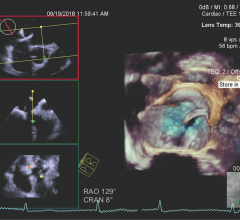Echocardiography reporting systems are usually integrated with, or offered as an add-on module for a cardiovascular ...
Cardiac Imaging
The cardiac imaging channel includes the modalities of computed tomography (CT), cardiac ultrasound (echocardiography), magnetic resonance imaging (MRI), nuclear imaging (PET and SPECT), and angiography.
Diagnostic and Interventional Cardiology (DAIC) was recently recognized as a finalist in the Jesse H. Neal Awards for ...
April 4, 2019 — The U.S. Food and Drug Administration (FDA) granted Omega Medical Imaging 510(k) clearance to offer ...
Cardiac positron emission tomography (PET) is growing in popularity among cardiologists because it provides the ability ...
April 4, 2019 — Increasing demand for innovative diagnostic techniques, neurological disorders and increasing disease ...
April 2, 2019 — Medical imaging and visualization company Medivis announced the launch of AnatomyX, its augmented ...

As medical advancements continue to push the boundaries of what is possible in the field of structural heart ...
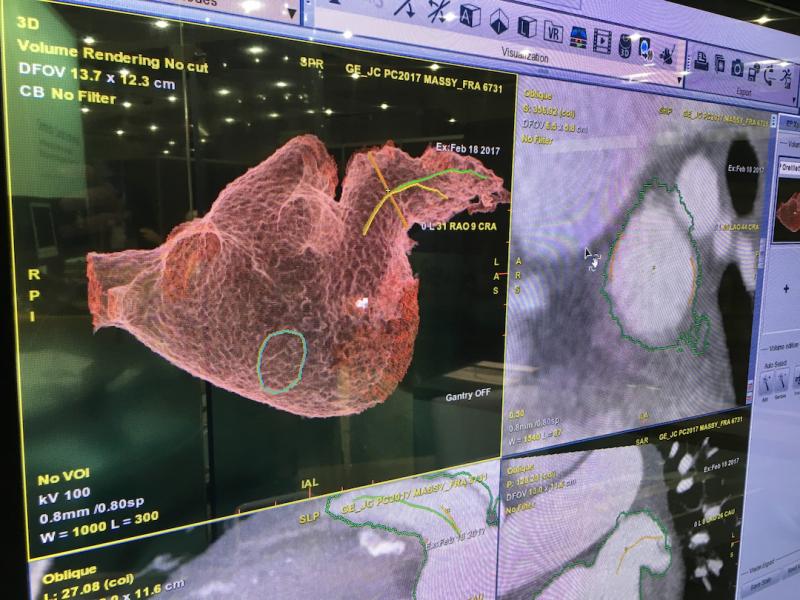

March 26, 2019 — Johns Hopkins Medicine now has access to the first Ultra-High Resolution computed tomography (UHR CT) s ...
Discover the key features of cardiovascular structured reporting that drive adoption, including automated data flow, EHR ...
March 25, 2019 — NZ Technologies Inc. announced the first published clinical review on its TIPSO technology’s ability to ...
Magid Awadalla, MBBS, is an advanced cardiac imaging research fellow at Massachusetts General Hospital. He has been ...
Raza Alvi, M.D., a research fellow in radiology at Massachusetts General Hospital, has been involved in a study of a ...
Cardiologists need information from multiple sources to make accurate diagnoses and plan interventional therapies. The ...

Reflecting a trend toward the increased use of computed tomography (CT) in cardiology, Siemens Healthineers launched a ...
March 21, 2019 — Clinicians should use echocardiography when determining whether patients with heart failure and a ...
The American College of Cardiology (ACC) released a list of the latest practice-changing presentations at the ACC.19 ...


 April 08, 2019
April 08, 2019




